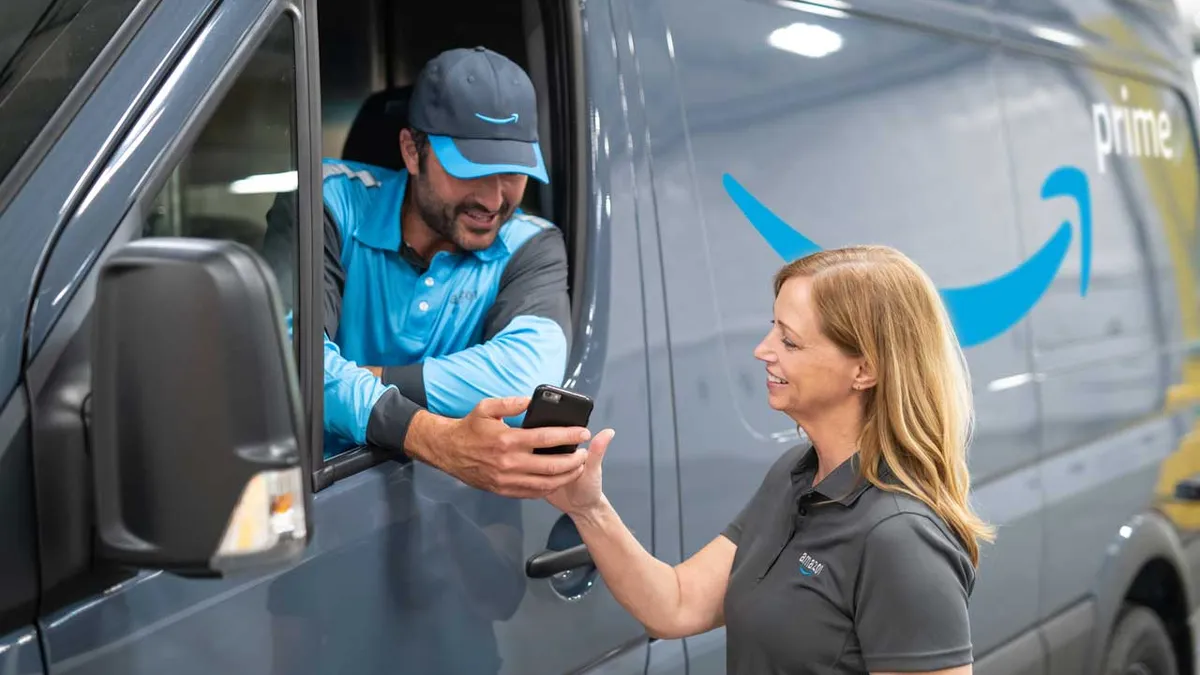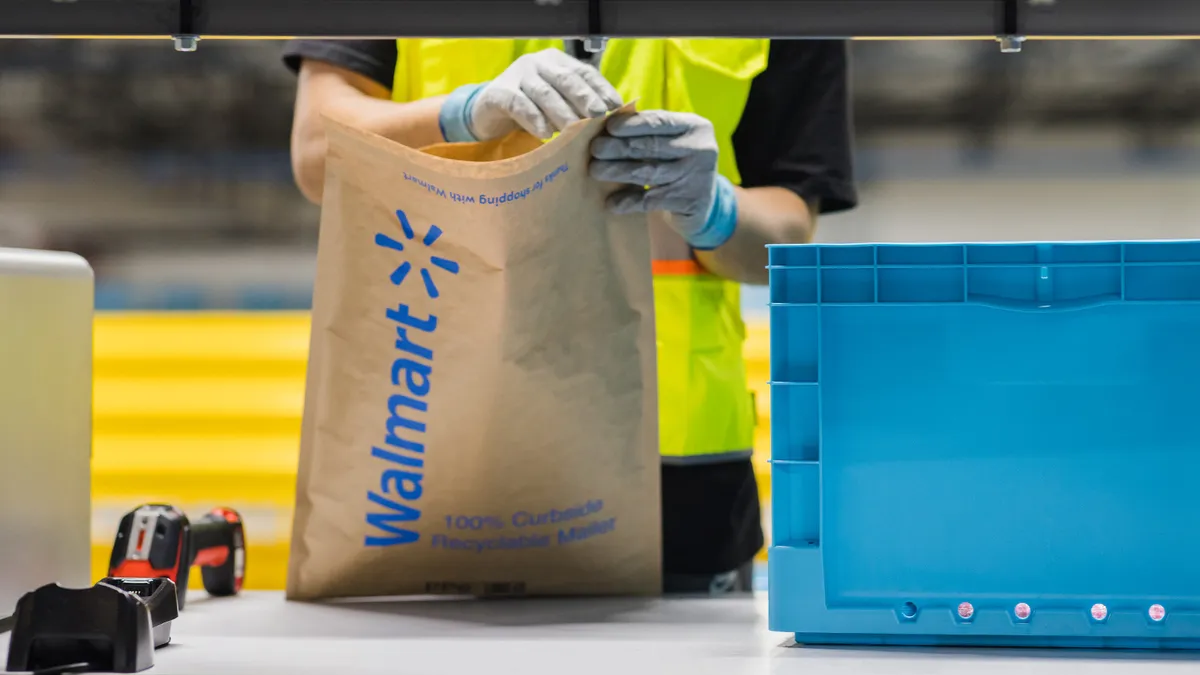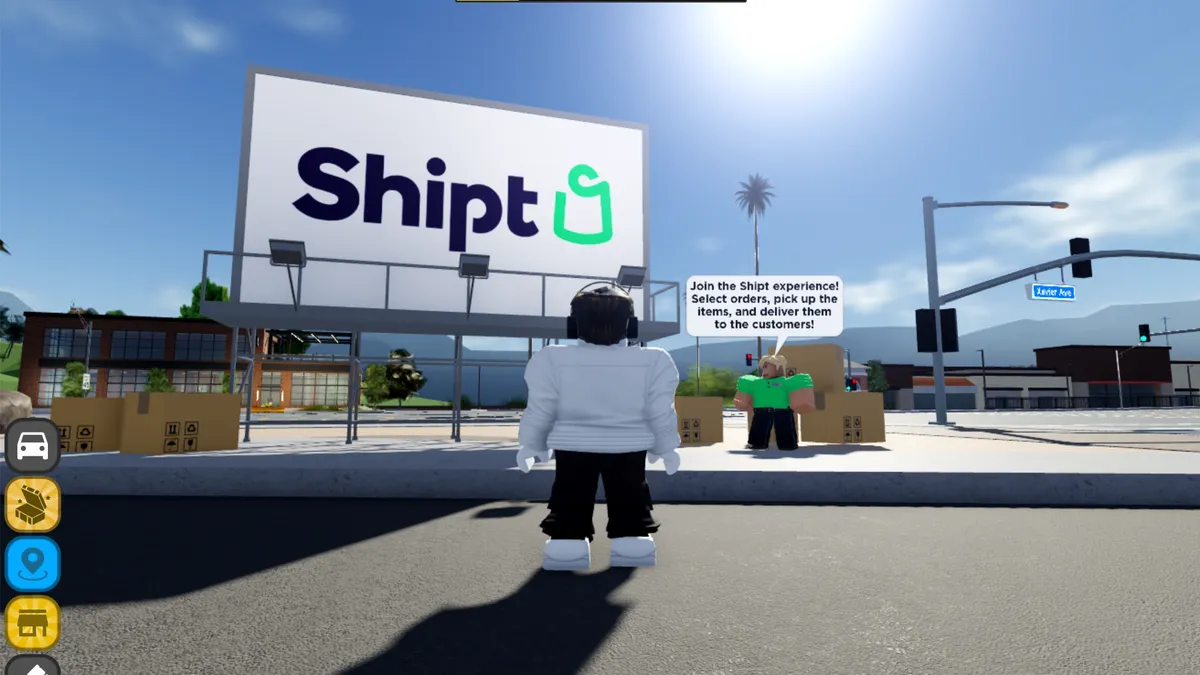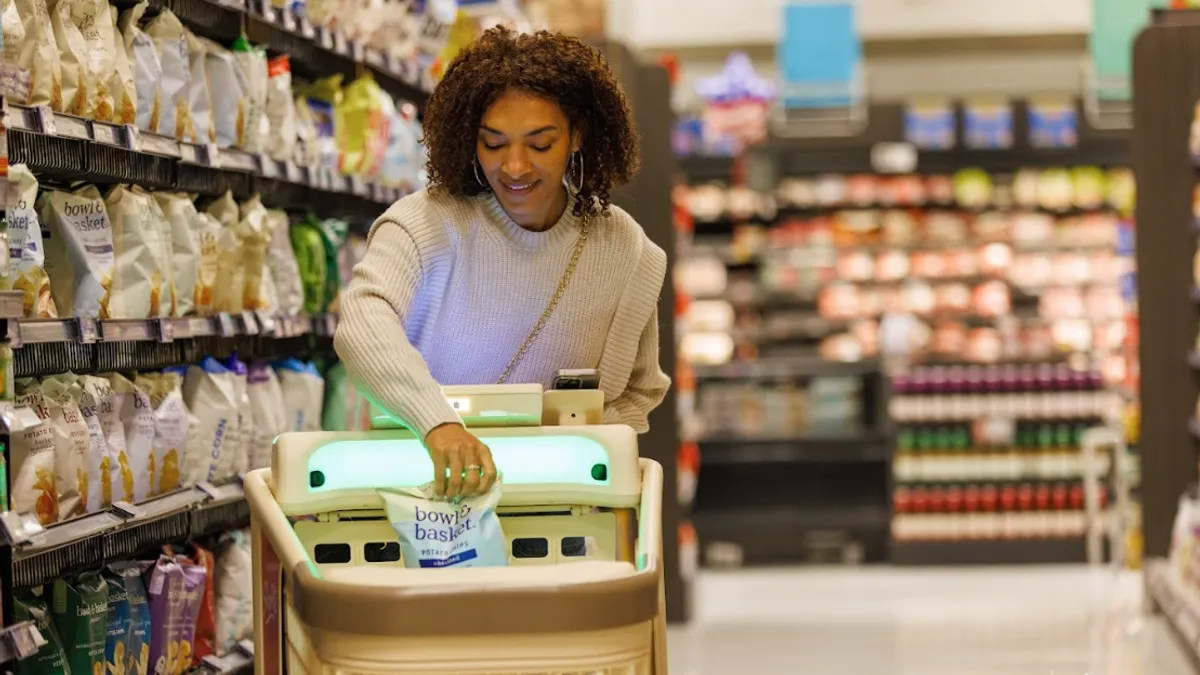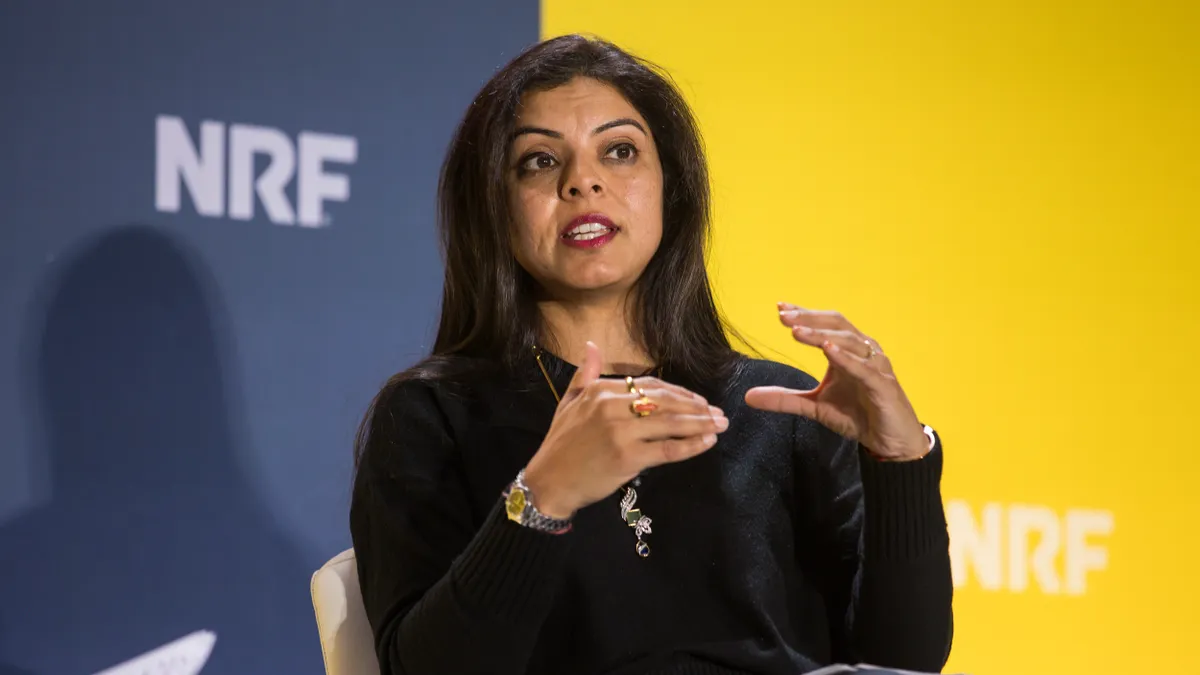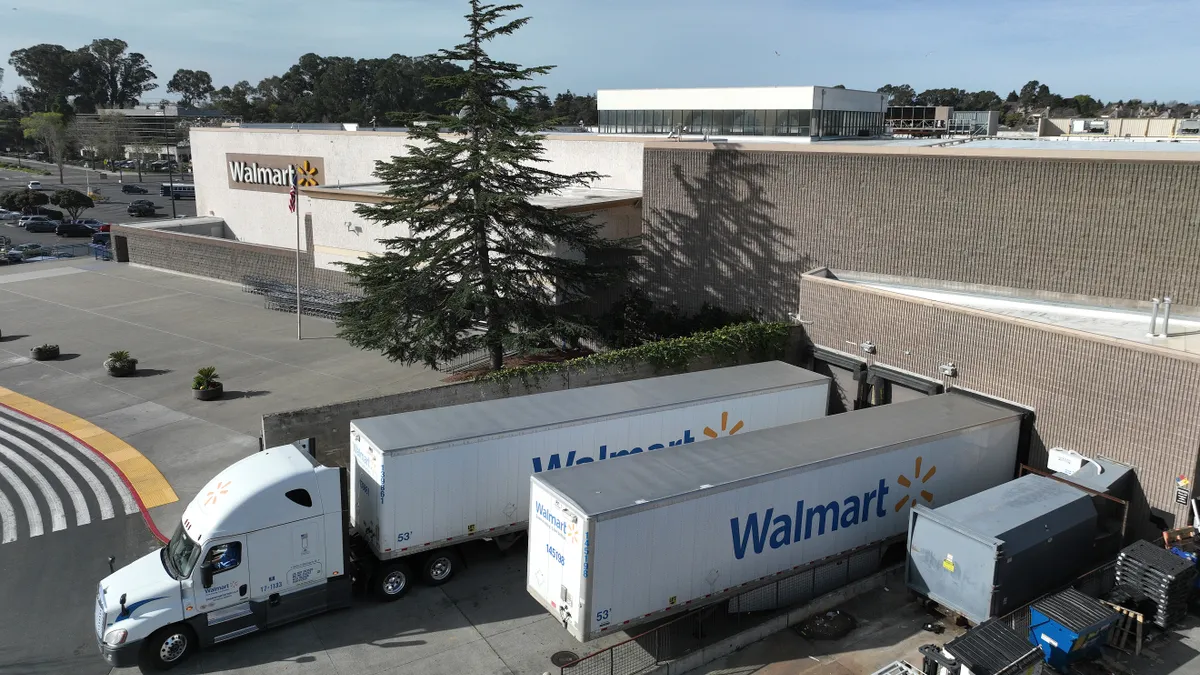Last-mile delivery has created a slew of issues that couriers and logistics companies have been working at for a long time. Recently, retailers have taken the issue into their own hands in attempts to ease that headache themselves.
Target acquired Shipt for $550 million in 2017 and it has since rolled out service nationwide. Even direct-to-consumer furniture company Article announced it will roll out its own last-mile delivery service to Los Angeles and New York, with plans to expand to major cities within North America over the next 18 months.
However, Amazon has made it clear that solving last-mile delivery is one of its priorities. It announced a set of plans to address such problem. And while its drone delivery efforts did not receive federal approval last May, a month later the company announced plans that encouraged entrepreneurs to set up small businesses and startups to deliver Amazon packages.
Most recently, the company rolled out an autonomous delivery service named Scout in Snohomish County, Washington. The robots deliver on weekdays during daylight hours and will autonomously follow delivery routes (although they are initially being accompanied by Amazon employees).
But, in a move to make itself even more marketable in the delivery space, Amazon announced it would cut fees, including fuel surcharges and extra charges for home deliveries. The most recent fuel surcharges for FedEx ground vehicles is 6.5% and for UPS is 7%.
The discussion forum on RetailWire asked its BrainTrust panel of retail experts the following questions:
- How do you see the battle between Amazon and the major carriers for last-mile deliveries shaking out over the next several years?
- Which of the autonomous technology now being tested is most likely to succeed?
Here are eight of the most insightful comments from the discussion. Comments have been edited by Retail Dive for length and clarity.
1. Controlling last-mile delivery means controlling overall customer experience
Shep Hyken, Chief Amazement Officer, Shepard Presentations, LLC : This is more than a cost-savings or profit enhancing strategy. This is to control the experience. In addition to the 20,000 vans that Amazon has ordered, they also have contracted for 50 cargo planes as they build out their hubs in three airports strategically located (near Fort Worth, Cincinnati and Chicago). Years ago Jeff Bezos said Amazon shouldn't have customer service issues, but once the package left the warehouse, there was no control over the experience. The investment that Amazon is making in logistics, which includes planes, vans, drones, sidewalk robots and more is about keeping control of the experience they provide their customers as much, if not even more, than trying to find a less expensive solution.
2. Amazon is willing to try anything
Nikki Baird, VP of Retail Innovation, Aptos: The thing with Amazon is, they're not afraid to throw a bunch of crazy ideas at the wall to see which ones might stick. When everyone else demands a 50-page business case and three-level deep ROI analysis, Amazon is busy trying all kinds of things, learning from those and iterating multiple times — before anyone else gets one new idea off the ground.
So when it comes down to it, I don't think it matters what Amazon tries or which ideas succeed. I think the prototypes and tests that are rolling on the streets today will look nothing like the ultimate answers to last-mile fulfillment (I'm betting on Star Trek replicators myself!). But no one will get to that end result unless they take the first step, and Amazon and a few startups are really the only ones out there trying anything, and for that, they deserve the leg up they will undoubtedly get.
3. The benefits will only accrue over time
Neil Saunders, Managing Director, GlobalData: Cutting out the middle-man is likely to save money and give Amazon more flexibility over schedules and delivery options. However, this benefit will only accrue over time.
As much as it makes sense to do this in urban areas, it is unlikely that Amazon will make a move on trying to service the American hinterland. Order densities and volumes, along with long travel times between deliveries, in many parts of the country do not justify such an investment. Amazon may find technical solutions to this — such as self-driving vehicles — but this remains some way off.
The danger for the traditional delivery firms is twofold. Firstly, they are likely to lose business from Amazon; this will be slow at first but will accelerate as Amazon rolls out more of its own delivery services. Secondly, if Amazon starts offering delivery to businesses, it will likely do this at a reduced rate. This leaves delivery firms with the unattractive prospect of losing share in their most lucrative and profitable markets, while at the same time having to offer a national service with all the expense of delivering to rural locations.
4. Removing friction in the demand satisfaction cycle is all Amazon cares about
Susan O'Neal, CEO, Dabbl: As I have noted many times on RetailWire, Amazon's mission is to satisfy consumer need/wants better than anyone else.
That means Amazon has to do two things increasingly better than anyone else to continue to grow their share of spending:
- Amazon must be closest to the consumer at the moment an item is needed or wanted, sometimes even before the consumer is aware of the need (think of the evolution of the "1 click" to "subscribe and save" to "voice ordering").
- Amazon must satisfy that consumer's need faster than anyone else. This happens when the item is in the consumer's hand and, in the case of many categories, assembled and usable (which is why Amazon is also contracting entrepreneurs for furniture and electronics installation and assembly, not just delivery).
Reducing and removing friction in the demand satisfaction cycle is all Amazon cares about, it is the whole of their work — whether that friction is a minimum order size or item requirement, the order process itself (from "1-Click" to "Subscription") or the limitations of their delivery partners.
As long as Amazon continues to solve for consumers needs with their current level of ruthlessness — they will figure out what works first, and they will win. Other retailers have to be braver than Amazon if they want to capture anything other than impulse and store experience sales.
5. Improving the last mile will save more than just money
Gene Detroyer, Professor, International Business, Guizhou University of Finance & Economics; Executive Director, Global Commerce Education: I don't like the word "undercut." "Undercut" implies cost and the delivery is all about cost. It is about efficiency throughout the supply chain. If you improve the last mile what are the possible improvements you can make prior? You may save money, yes. But you may also save time. You may also handle inventory more efficiently.
In the next several years, many alternatives will be tried and introduced. But the delivery needs are so varied that many will be adopted for specific geographic, population and customer needs.
6. The consumer is sure to win
Sterling Hawkins, Co-founder, CART (Center for Advancing Retail & Technology): I think the title says it all: multi-pronged approach. And that's exactly the right approach to take from a retailer standpoint. There's such a variety of terrain, product sizes and consumer preferences there's undoubtedly going to be a number of successful autonomous delivery methods. Given the investment and interest in the space, the consumer is sure to be the winner in this game.
7. Relying on third-party delivery services is risky
David Naumann, Vice President of Marketing, BRP : Amazon has not hidden its intention of vertically integrating into shipping services. They have already invested massively in delivery vehicles and airplanes, as Shep Hyken mentioned, and I wouldn't be surprised if they acquire a large shipping company. Relying on a lot of third-party delivery services is risky, as Amazon loses control over the quality of services.
8. Amazon still has delivery problems to solve
Anne Howe, Principal, Anne Howe Associates: In my experience as a Prime member for many years, delivery of Amazon orders from UPS is the most reliable. The Amazon Prime vans consistently drop at the wrong address and fail to tuck a package out of view. Visible boxes left in front of closed garage doors is a major contributing factor to theft, especially when a walk to the porch is shorter. To me, it signals a real lack of interest in solving the critical last-mile issue. there's no way to track down who owns the Prime van franchise!



